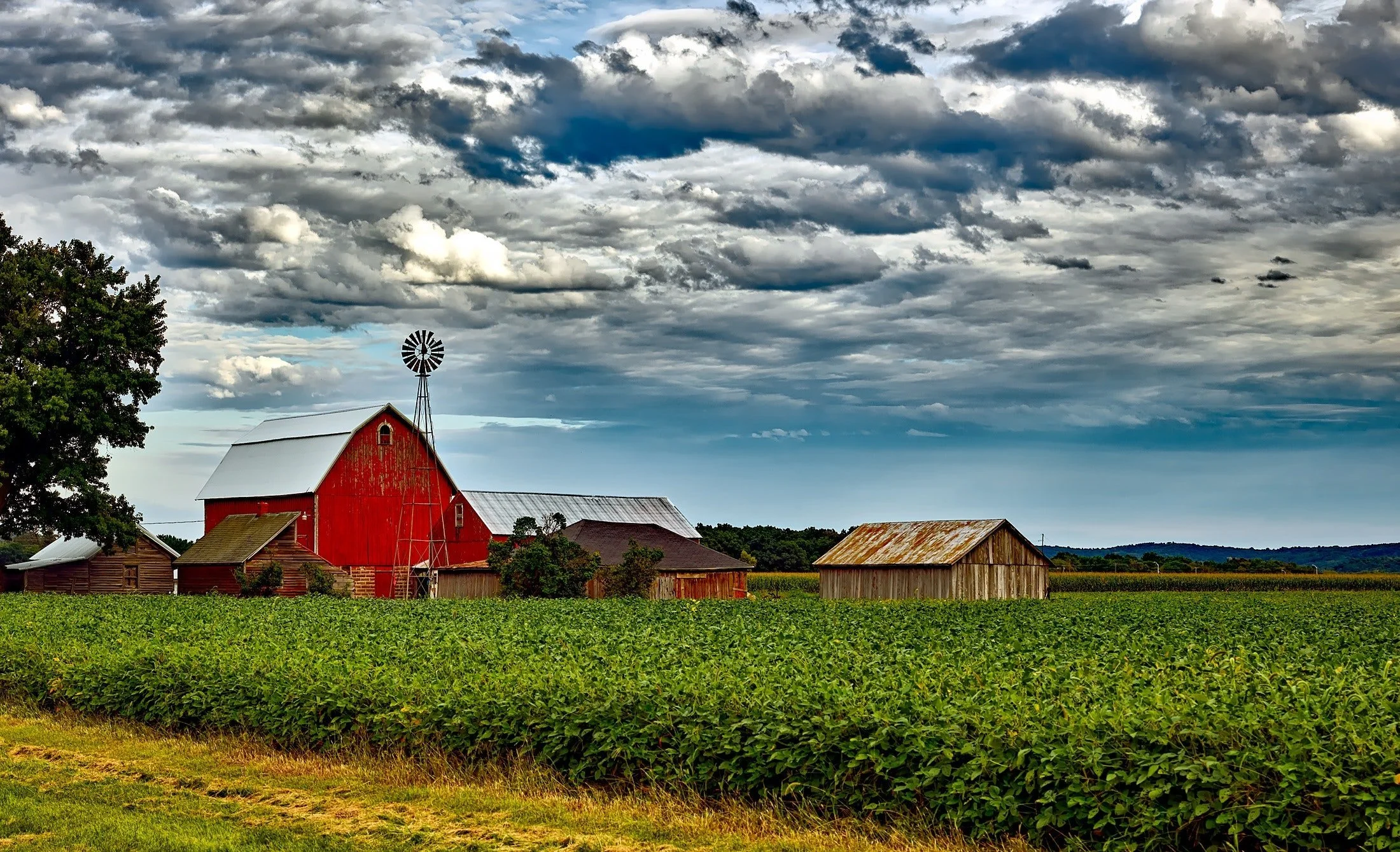What You Need to Know About Agriculture and the Farm Bill
For the second time this year, Congress will consider the reauthorization of the Farm Bill and if it doesn’t pass this time, it will likely be pushed back to a vote sometime next year. As many of you know, every four years affected stakeholders make a play at including their needs and wants in the Farm Bill, the second largest mandatory spending bill Congress will debate.
This year is no different. In fact, Congress hasn’t passed a farm bill on time since the early ‘90s. The hold up this time is over the Supplemental Nutritional Assistance Program (SNAP), which takes up 80% of the nearly trillion-dollar appropriation package, and an amendment on sugar policy. In fact, the recent headline titled ‘Farm Bill: The Food Stamp Showdown’ sums it up nicely. The debates are predictable—Democrats want more SNAP dollars and heavy regulations on sugar and Republicans want fewer SNAP dollars, accompanied with work requirements, and to allow the marketplace to regulate sugar. While that’s probably a gross generalization, it’s the basic state of play in the nation’s capital. This same debate has been played out for more than two decades as a political bargaining chip for the Left and Right and is the exact reason Americans are so frustrated with government inaction, and farmers are among them.
A few months ago, I traveled to the Women in Agriculture Summit in Little Rock, Arkansas. I heard from women who have worked in the industry their entire lives; they’re concerned about their futures and the future of agriculture in America. Federal programs are simply congested by bureaucracy. Months go by before issues are resolved, if they are solved at all. One woman said: “It would take a PhD to fill out the Farm Service Agency paperwork.”
On top of that, land is scarce and expensive. Fewer young people are farming because it is too difficult to predict their income, land is too expensive, and they can’t afford to wait months for USDA assistance, like the Young Farmers Program, to kick in.
Our farmers are the best in the world. U.S. farms provide nearly a third of food for the world and produce 262%+ more food than in the 1950s. With the global population expected to reach 9 billion by 2050, the world will have to produce greater than 70% more food than it does today.
Those are the facts and they’re weighing on American farmers more than anyone in Washington can imagine and will be a big factor in the mid-term elections in key battleground states like Indiana, Missouri, Montana, North Dakota, and Wisconsin. The best thing Congress can do is remove the red tape for these farmers, come to an agreement on SNAP before the bill expires, and stop using the Farm Bill as a political tool that only hurts the people who put food on the plates of billions across the globe.
Will farmers stop producing food if the farm doesn’t pass this year? Of course not. Because they do their jobs. They just expect Congress to do theirs.

